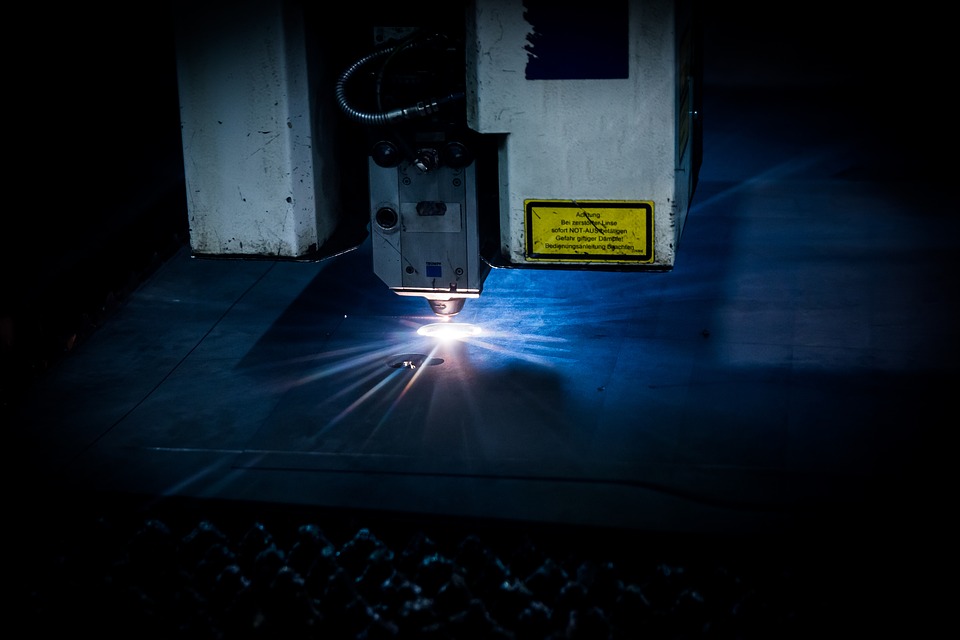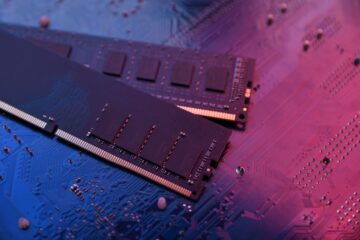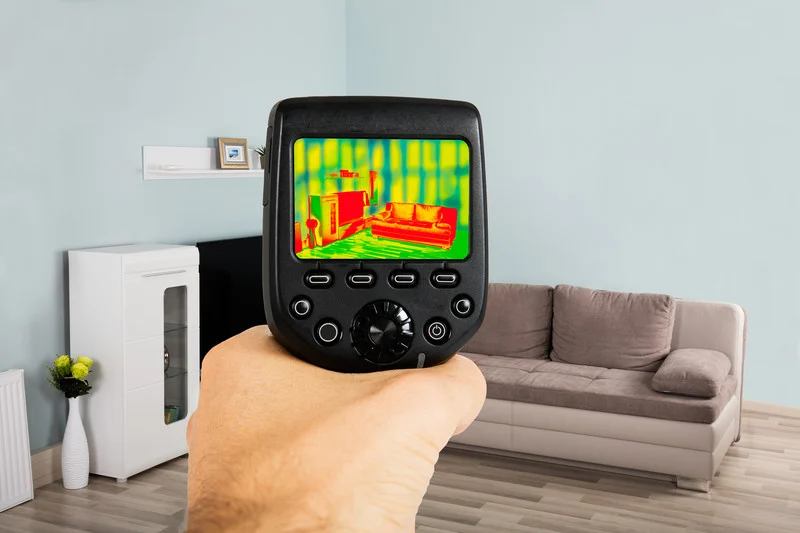What is Laser Cutting Technology & How It Works?


Laser cutting is essentially a fabricating technique that uses a high-powered, focused laser beam so that substances can be cut into custom designs and shapes. This cutting process works with a range of materials, such as metal, wood, plastic, glass, paper, and gemstone. The technique can be used to make intricate, complex and precise components without the help of custom-designed tooling.
How Does Laser Cutting Work?
Laser cutting is a thermal-based, non-contact process suitable for non-metal and metal materials. To run the process at optimum capacity and in a seamless manner, multiple factors must be looked into, such as the configuration and settings of the laser cutting equipment, the assist gas employed and laser type, and the substance being gashed and its properties.
As the name indicates, laser cutting entails laser cutting equipment to produce cuts, markings and engravings. These machines could vary across models and applications. However, the setup typically comprises a laser resonator assembly, laser cutting head containing the focus lens, mirrors, a nozzle, and pressurized gas assembly.
During the process, the high-power laser gets directed through computer numerical control (CNC) and optics to guide the beam. The process employs a motion control setup to adhere to a G or CNC code pattern that must be etched onto the substance. The channelized laser beam scorches, liquefies, vapourises or gets dissipated by a spurt of gas, leaving behind a well-done surface finished the edge.
The laser insurtech beam gets created when lasing materials are stimulated through lamps or electrical discharges within a closed canister. The lasing substance is intensified by reflecting it internally through a mirror until the energy is adequate to escape the container as a coherent monochromatic light stream. Fibre optics or mirrors are used to focus this light at the work spot. There is a lens in between the two that intensifies the light.
The beam may bounce in multiple directions by the various mirrors, called ‘beam benders’, prior to it finally focusing onto the plate. The well-focused laser beam enters through a nozzle bore right before hitting the plate. Also, compressed gas (oxygen or nitrogen, for example) could be flowing via that nozzle bore.
A laser beam at its thinnest point is usually less than 0.32mm (0.0125 inches) in diameter. However, kerf widths could be as small as 0.10mm (0.004 inches) in diameter based on material thickness. If the laser cutting should begin at a point that isn’t the material’s edge, a piercing method is employed, wherein the pulsed laser is used to create a hole.
Role of the Lens
The lens, used for laser cutting, is identified with its focal length. This is basically the distance between the focused spot and the lens. The primary factors governing laser cutting process’ efficiency is the depth of focus and focused spot diameter. Depth of focus essentially is the distance over which the cutting could be achieved satisfactorily. In other words, it could be the range over which the focused spot’s region doesn’t increase beyond 50 per cent. The focus depth and laser focal spot diameter are dependent on the diameter of the laser beam on the lens and its focal length.
Laser Cutting Types and Applications
Lasers could be of three different types:
- CO2 laser – used to engrave, cut and bore.
- Neodymium (Nd) laser – primarily used when low repetition and high energy are needed.
- Nd-YAG (yttrium-aluminium-garnet) laser – used for engraving and boring that warrants high power.
Lasers could be used for different purposes. For instance, it can be used to cut metal plates. When used on aluminium, stainless steel, and mild steel, the cutting process turns out very accurate. The cut quality comes out great, the heat affect zone is small, and the kerf width is small too. This makes cutting small holes and very intricate shapes possible.
This article comes courtesy of GCI Group, a privately owned Australian company based in a modern, purpose-built facility in between Brisbane and the Gold Coast.












